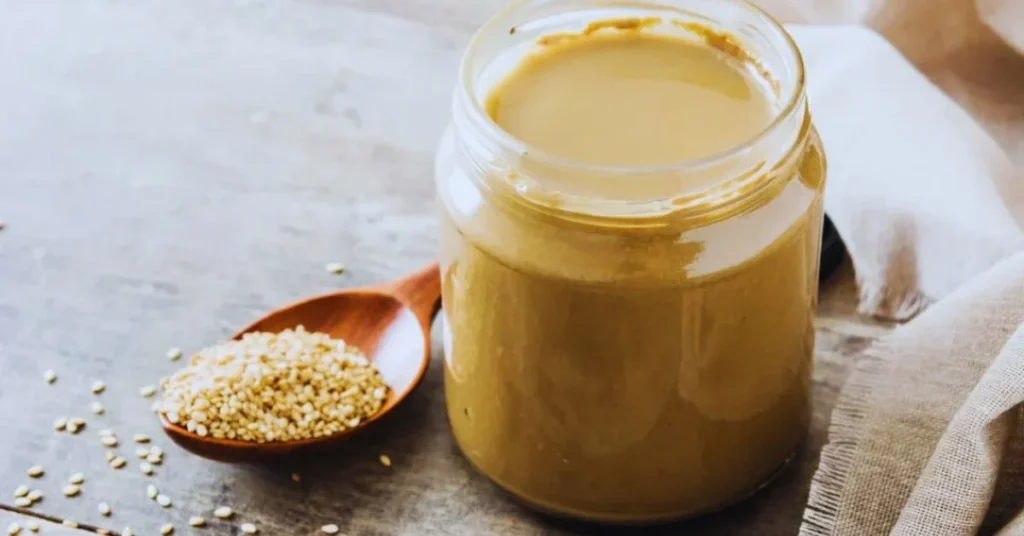Tahhiini: The Ultimate Guide to Sesame Paste, Nutrition & Recipes
Introduction
Tahini, additionally spelled tahhiini, is a smooth and flavorful paste crafted from floor sesame seeds. Often defined as nutty, earthy, and slightly bitter, this simple but flexible aspect is a staple in Middle Eastern, Mediterranean, and North African cuisines. From dipping sauces to creamy dressings, tahini has transcended borders and grown to be an international favorite.
History & Background
The roots of tahini trace again for many years to the Middle East, especially in areas like Lebanon, Israel, and Turkey, where sesame seeds have long been cultivated. Ancient civilizations valued sesame not just as food, but additionally for its oil and medicinal residences. Over time, grinding sesame seeds into a paste became a realistic manner to create an extended-lasting, nutrient-rich meals supply. Today, tahini stays deeply woven into the culinary identification of these cultures, even as also finding a home in kitchens worldwide.
Read More: What Is the Sankaka Complex? Signs, Impact, and Ways to Overcome It
Ingredients & Preparation
At its core, tahini has just one main ingredient: sesame seeds. However, the method of preparation makes a big difference in flavor and texture. Traditionally, sesame seeds are hulled and roasted lightly to release their oils, then ground into a silky paste. In modern kitchens and factories, high-speed grinders ensure a smoother consistency. Some variations may use unhulled seeds, giving the paste a darker color and a stronger, slightly bitter taste. Whether store-bought or homemade, tahini’s creamy texture makes it a valuable base for countless recipes.
Nutritional Value
Tahini is much more than a flavor enhancer—it is a powerhouse of nutrition. Packed with healthy unsaturated fats, it supports heart health and helps lower cholesterol levels. It is also rich in protein, making it a valuable ingredient for vegetarians and vegans. Beyond that, tahini contains essential vitamins and minerals such as calcium, iron, magnesium, and vitamin B. The fiber in sesame seeds aids digestion, while antioxidants like sesamin and sesamolin contribute to overall wellness. Consumed in moderation, tahini is both delicious and nourishing.
Culinary Uses
Perhaps the most famous use of tahini is in hummus, where it blends with chickpeas, lemon juice, garlic, and olive oil to create a creamy dip enjoyed around the world. Another beloved dish, baba ganoush, combines tahini with roasted eggplant for a smoky, velvety spread. Tahini also shines as a salad dressing when mixed with lemon, garlic, and water, or as a drizzle over roasted vegetables and grilled meats. Beyond savory dishes, tahini has made its way into desserts—used in halva, cookies, and even brownies. Its nutty flavor pairs beautifully with chocolate, honey, or dates, making it a surprisingly versatile ingredient in both sweet and savory cuisines.
Global Popularity
While tahini has been part of Middle Eastern traditions for centuries, its popularity in the West has surged in recent decades. Health-conscious eaters and chefs alike have embraced it as a plant-based superfood. It features prominently in vegan and vegetarian recipes, fusion bowls, and even smoothies. In the U.S. and Europe, tahini is often marketed as a gourmet spread or a dairy-free alternative to creamy sauces. Its adaptability has made it a trendy addition to modern kitchens, blending tradition with innovation.
Storage & Shelf Life
Tahini, like other nut and seed butters, should be stored properly to maintain its freshness. Once opened, it is best kept in a cool, dark place or refrigerated to prevent the oils from turning rancid. Stirring before use is essential, as natural oils tend to separate over time. Homemade tahini usually lasts for about a month in the refrigerator, while store-bought varieties can last several months if sealed tightly.
Health Considerations
While tahini offers a wide array of health benefits, it is important to consider potential drawbacks. For individuals with sesame allergies, tahini can be harmful, as sesame is among the top food allergens worldwide. Additionally, though rich in nutrients, tahini is calorie-dense due to its high fat content. Consuming it in moderation ensures that you enjoy its benefits without overindulging.
Conclusion
Tahhiini is more than just a sesame paste—it’s a cultural treasure, a nutritional powerhouse, and a versatile kitchen essential. From ancient traditions to modern culinary trends, it continues to enrich global cuisine with its unique flavor and health benefits. Whether you’re dipping pita into hummus, drizzling it over falafel, or baking it into desserts, tahini proves that the simplest ingredients can deliver extraordinary results.



